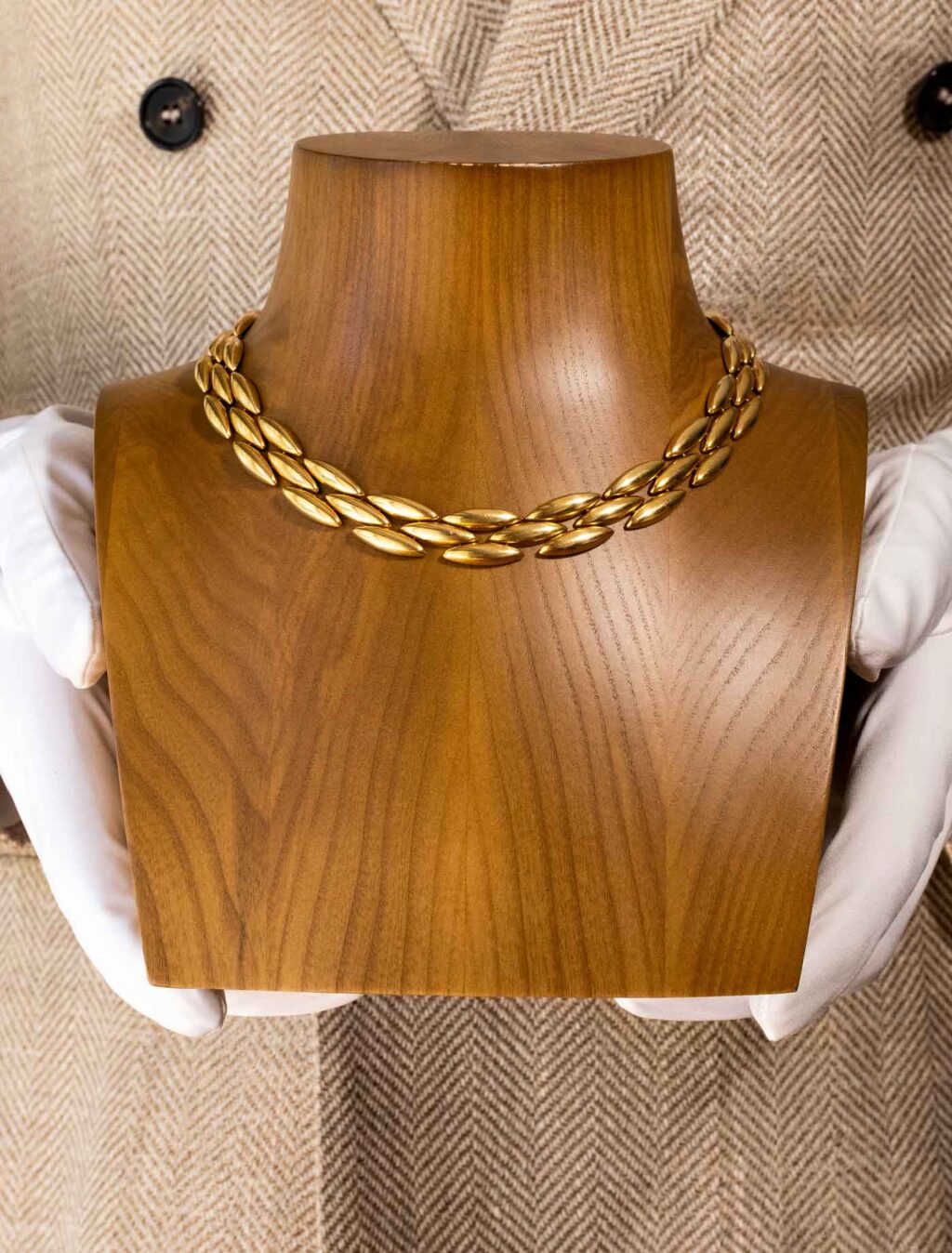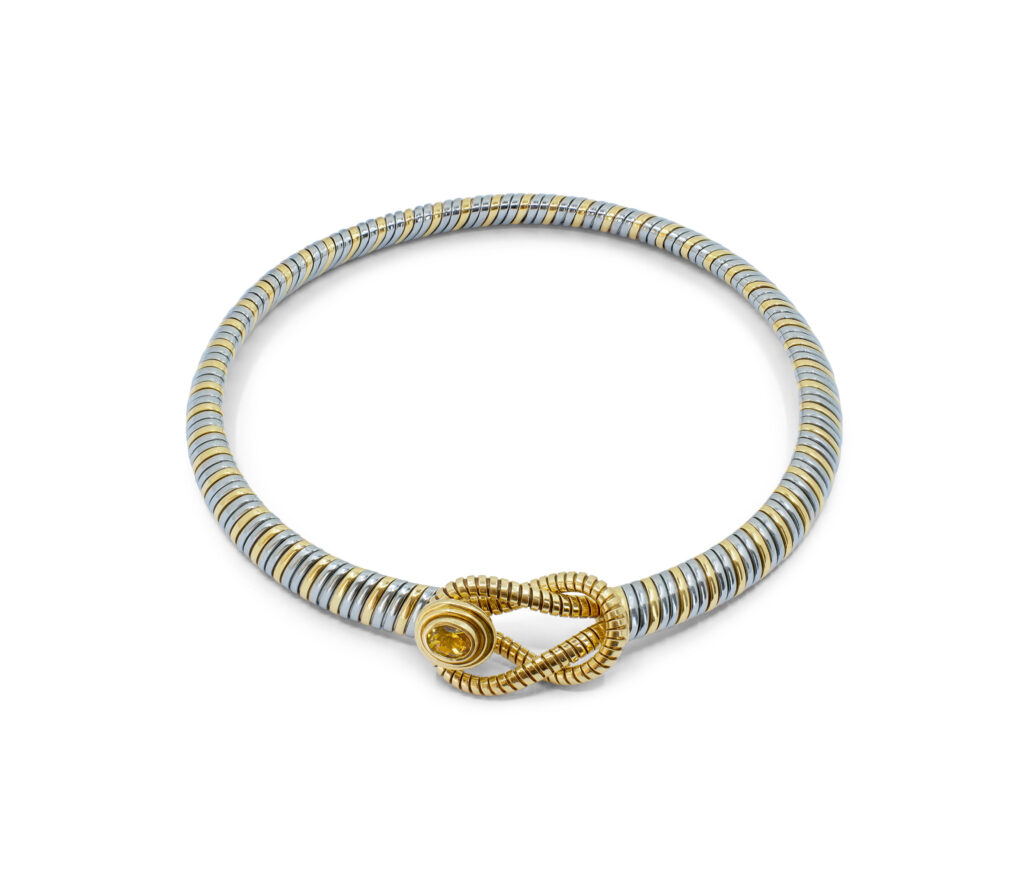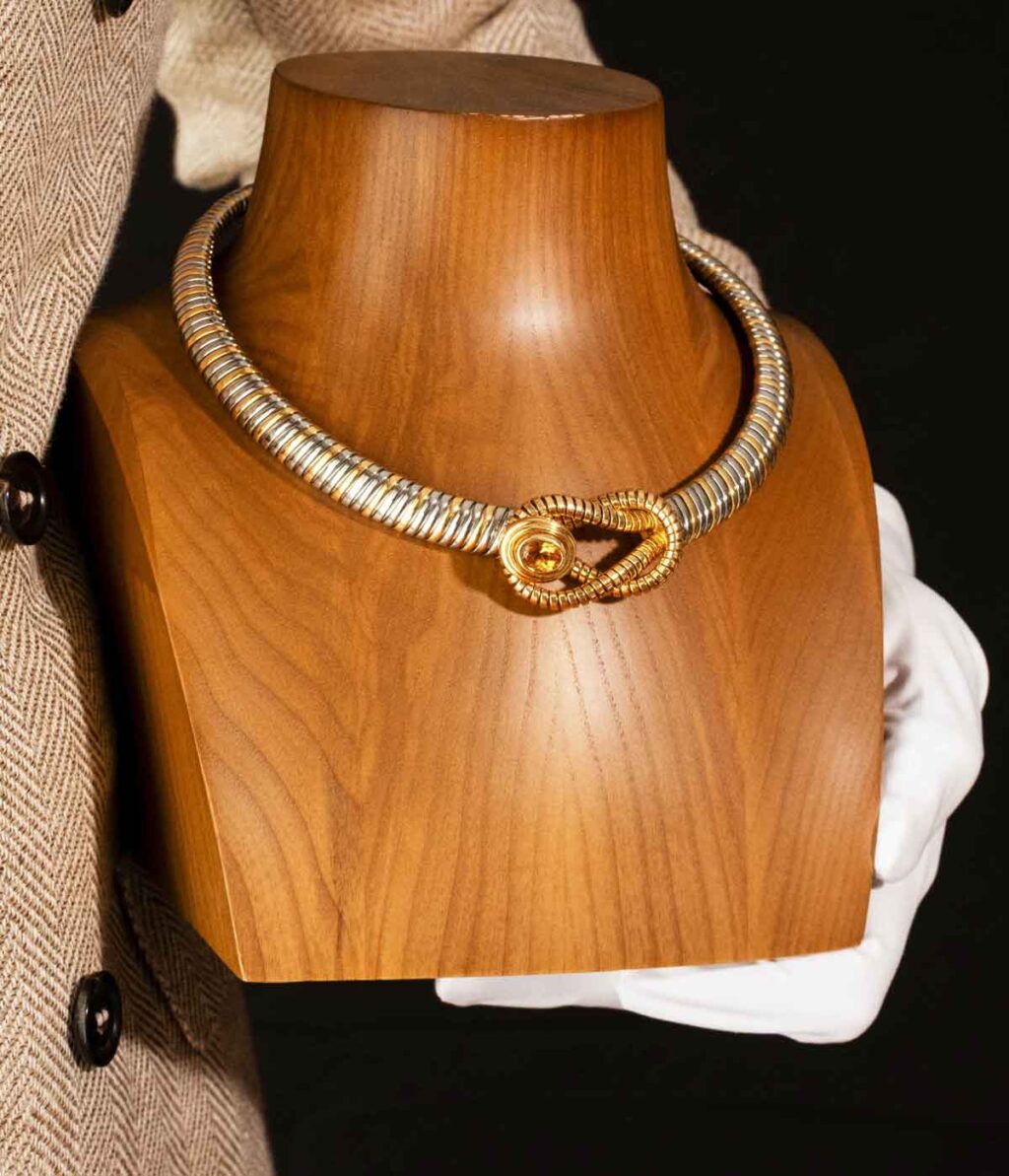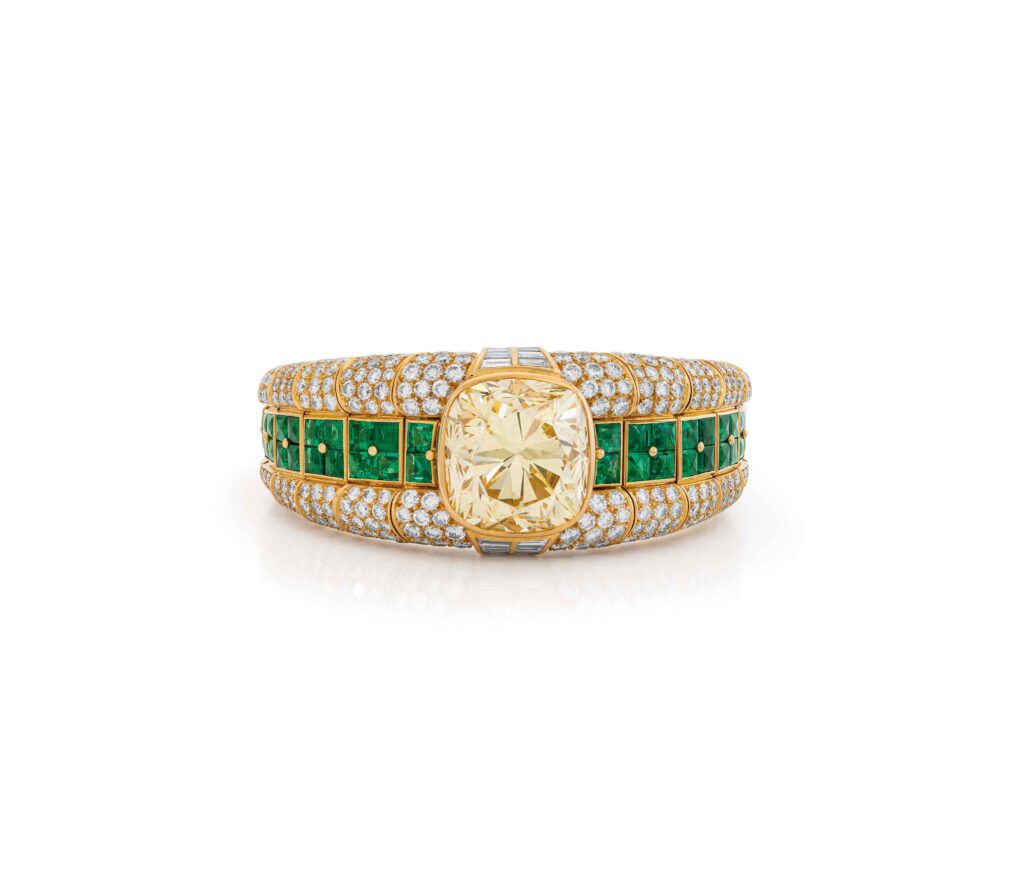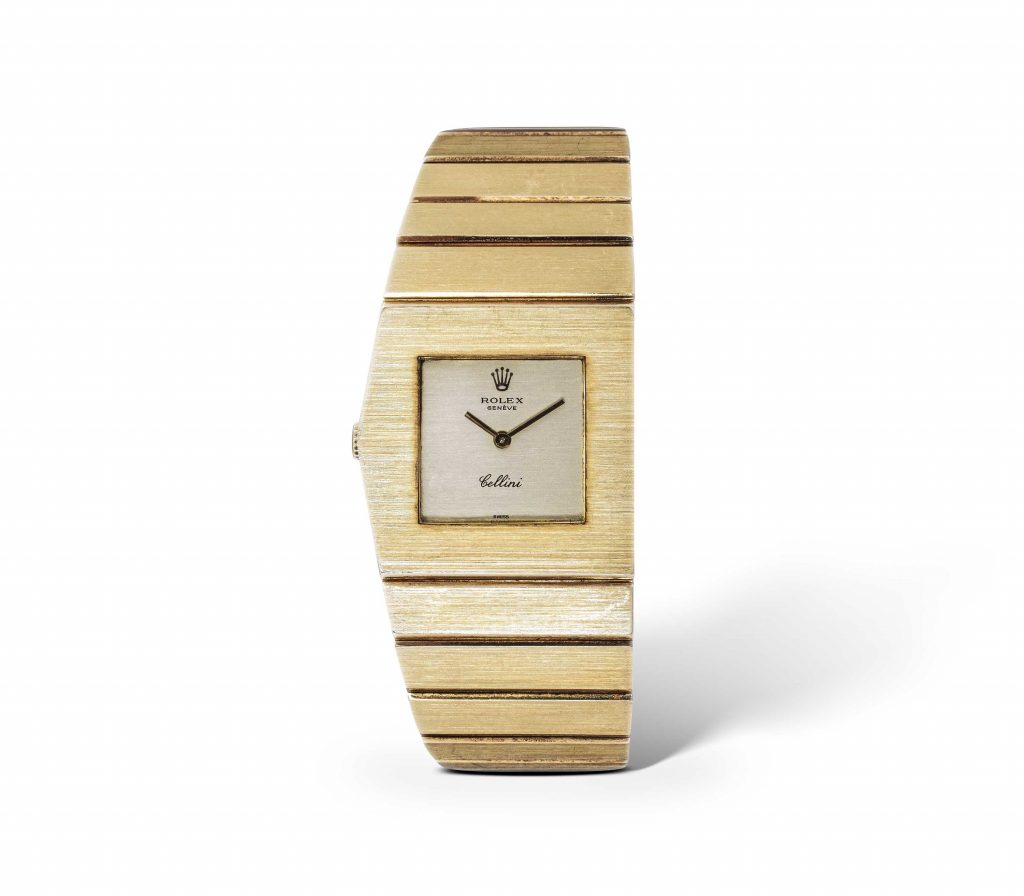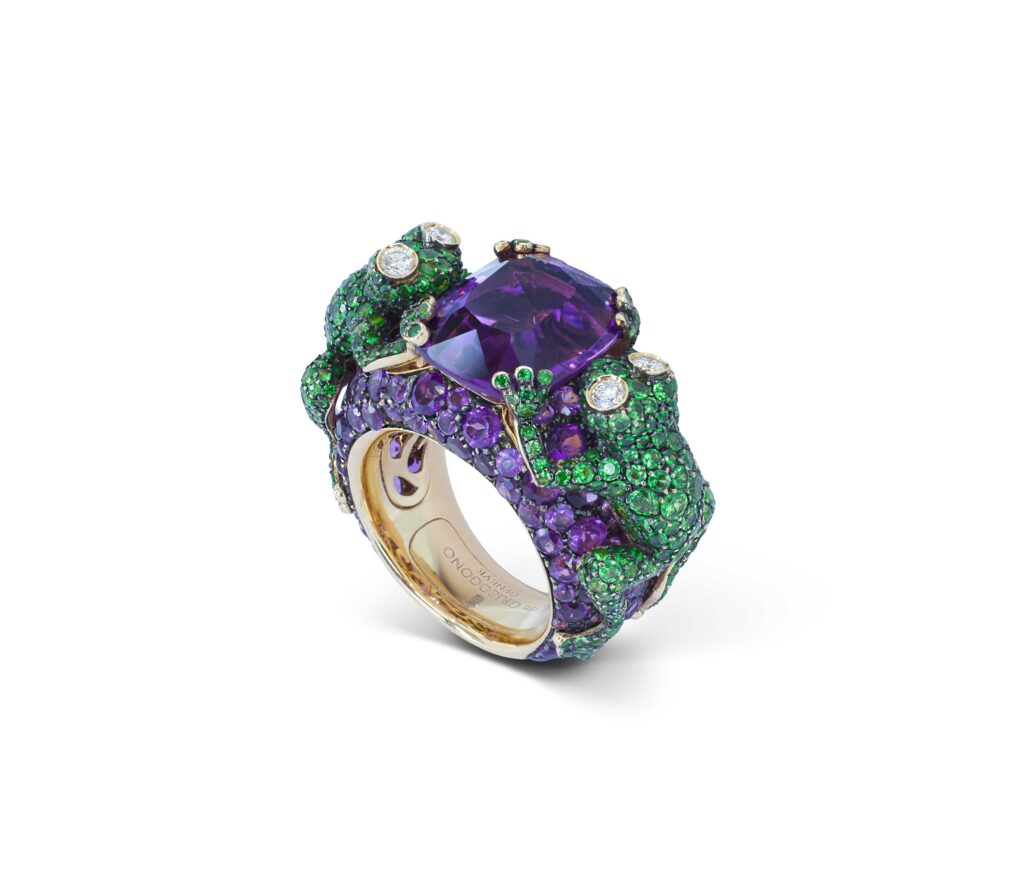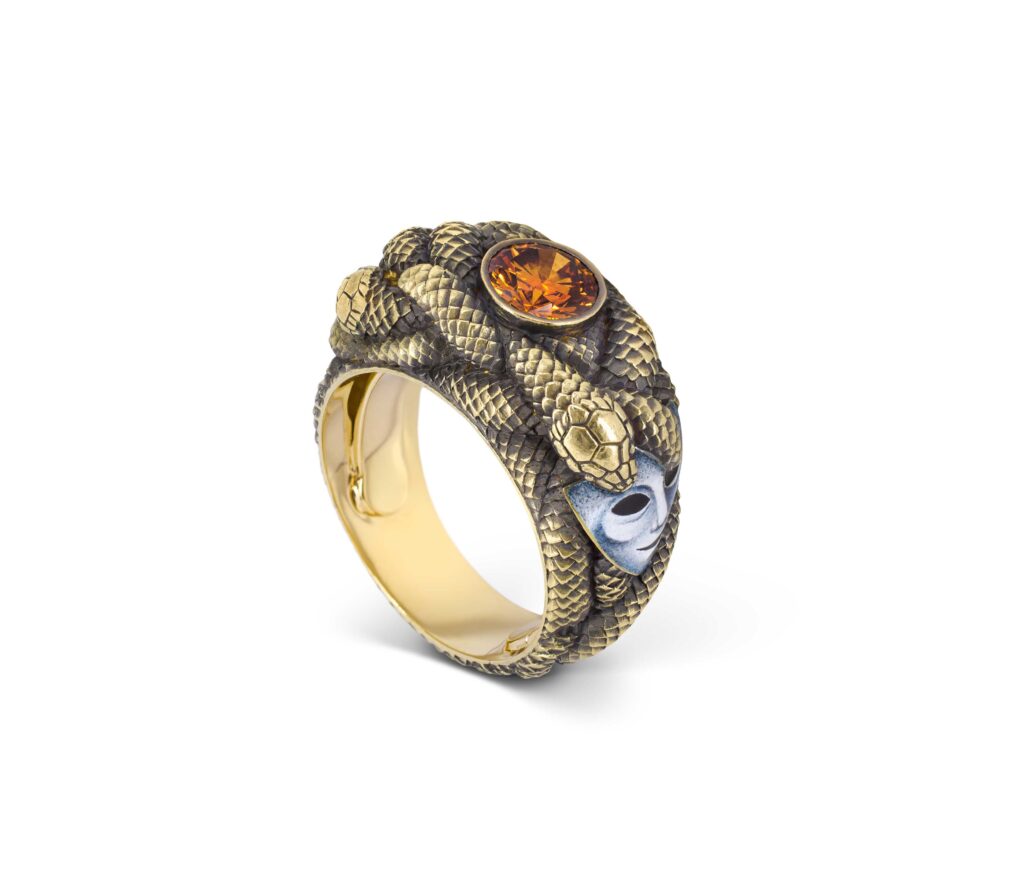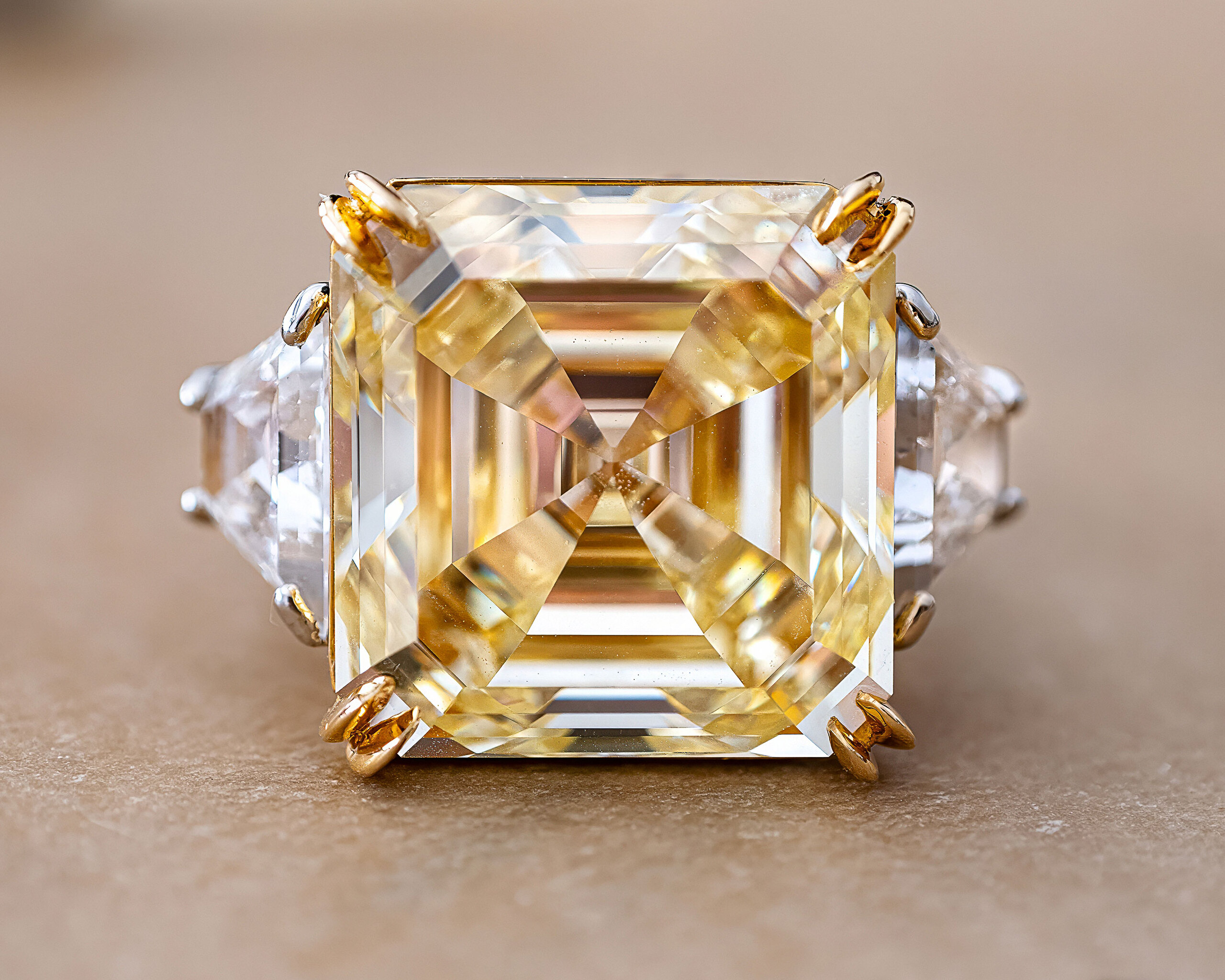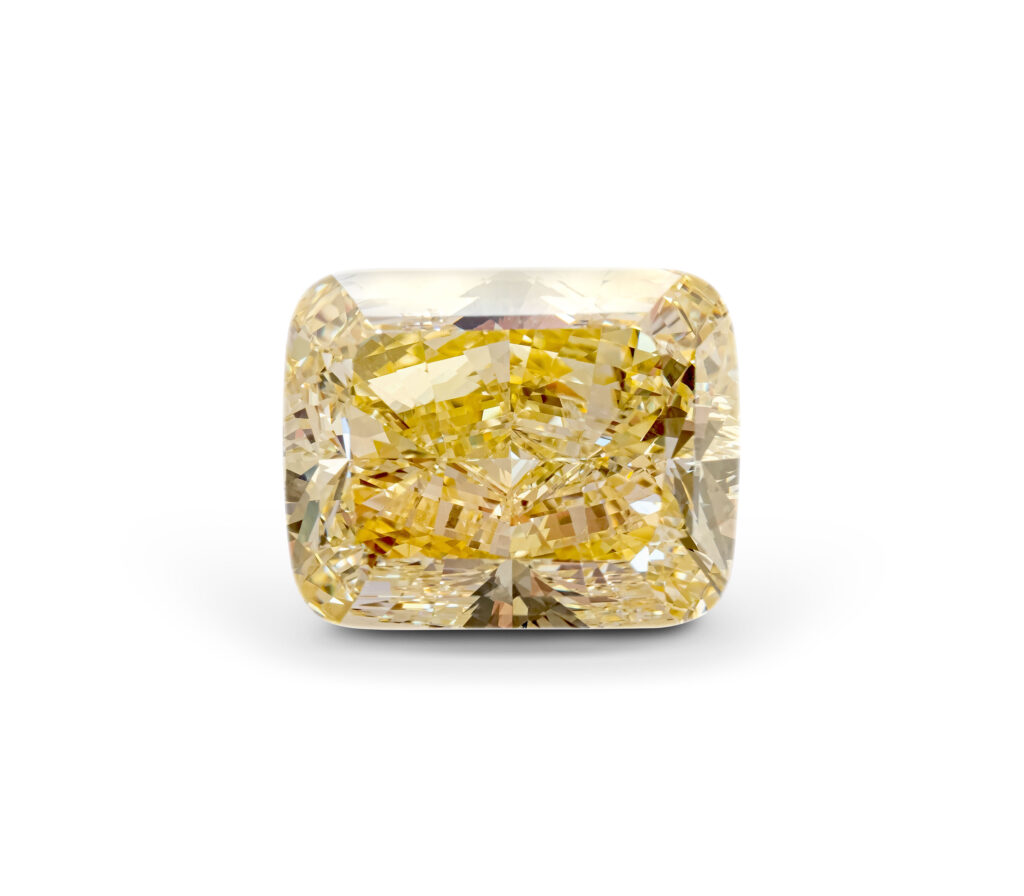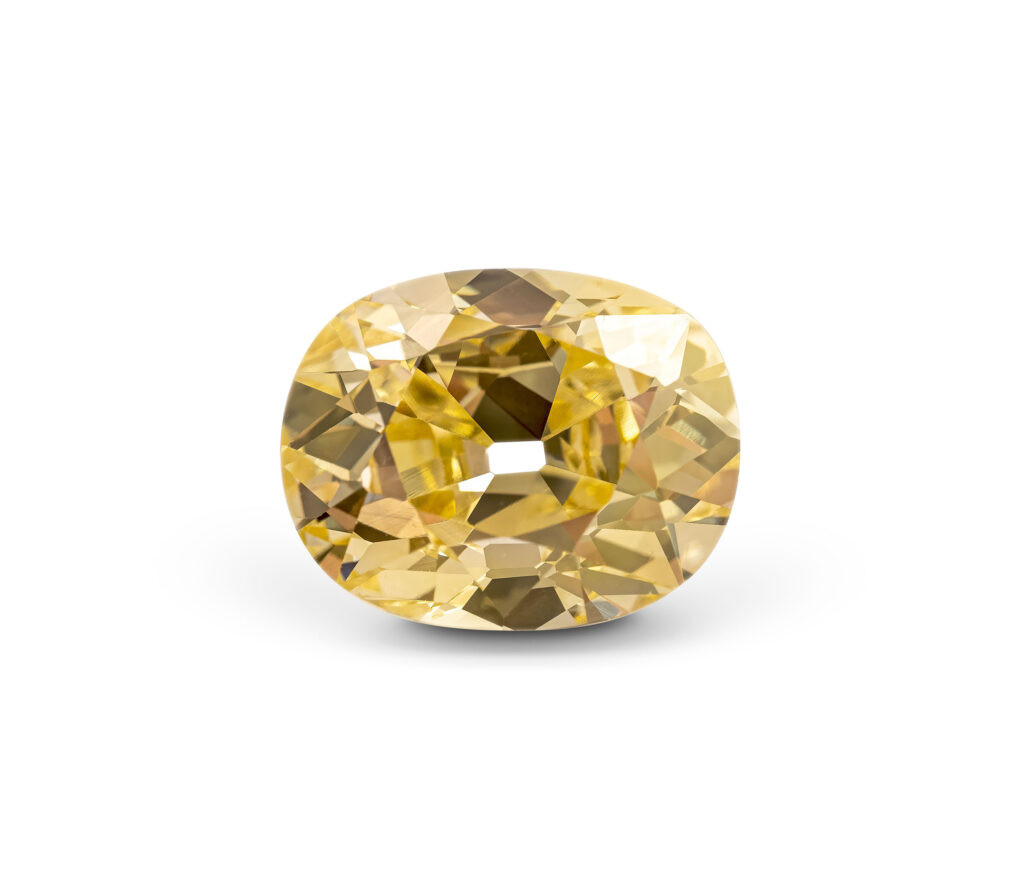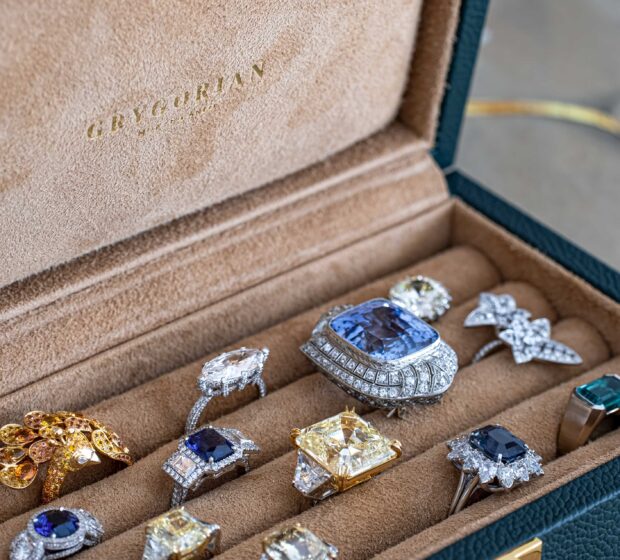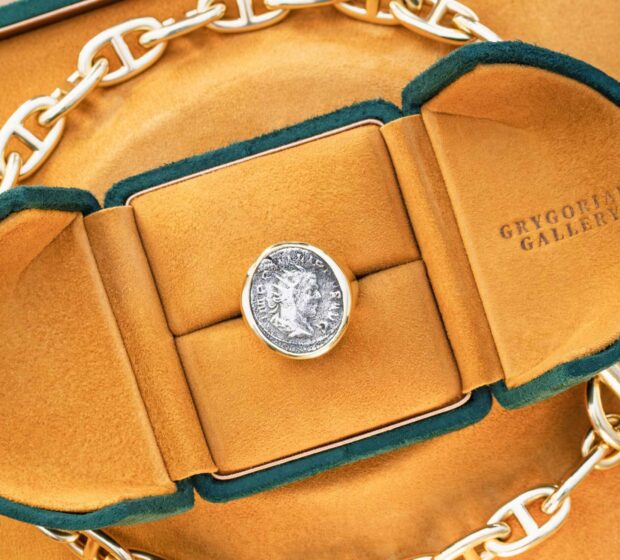In the world of diamonds, value is often measured in carats and clarity, in the fierce shimmer of flawless brilliance. We have traced the path of the world’s most expensive cuts—those that dazzle with fame and fortune. But rarity dances to a subtler rhythm.
In the lexicon of fine jewelry, shape is more than silhouette — it is character, history, and often, mystery. While round brilliants dominate vitrines and engagement cases, a quiet realm exists beyond the familiar. It is in this realm — of forgotten cuts and artisan revival — that the rarest diamond shapes whisper their legacy. These are not mere geometry. They are coded messages from eras long past, refracted through light and time.
Each rare diamond shape is a story — a signature — not just of its cutter, but of the moment it was born. Below, we explore the most elusive of these forms: their origins, their charm, and why, today, they remain among the most coveted jewels in the world.
The Briolette: A Shape That Dances
No diamond shape moves quite like the briolette. Suspended in air, faceted in every direction, it catches the light with each breath — a droplet of radiance in perpetual motion.
The briolette was born at the hands of Louis Van Berquem, a 15th-century Flemish lapidary and pioneer of symmetry in diamond cutting. His innovations in polishing not only refined brilliance, but ushered in a new era of geometric perfection. Yet it was centuries later, when Napoleon Bonaparte gifted Empress Marie Louise a necklace strung with ten briolette-cut diamonds — over 40 carats in total — that the shape stepped into legend.
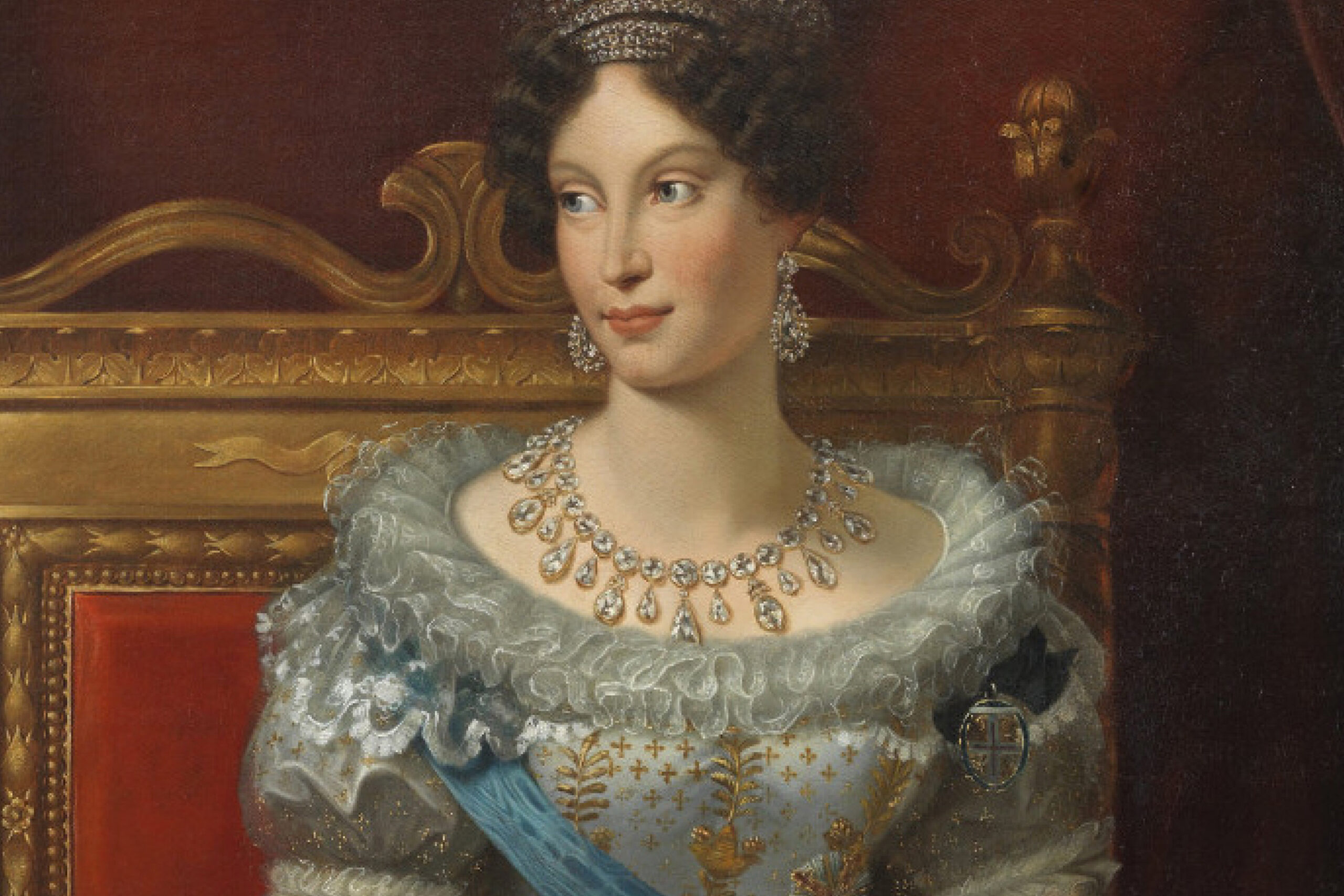
Favored through the Victorian, Edwardian, and Art Deco periods, the briolette came to embody refinement in motion. But its rarity lies in its demand: to cut a briolette is to surrender much of the rough, a luxury only few can afford. The Briolette of India, one of the oldest recorded diamonds in existence, remains its most storied emblem — a talisman of eras when diamonds were meant to sway, not stay still.
The Portrait Cut: A Window to the Soul
The portrait cut was never meant to dazzle — it was meant to preserve. As thin and transparent as a breath caught on glass, this cut once served not as ornament, but as protection. Typically bezel-set over painted miniatures or cherished locks of hair, it acted as a crystal veil, shielding memories too delicate for time.
Among its earliest admirers was the Mughal Emperor Shah Jahan — the sovereign who built the Taj Mahal in eternal tribute to his wife, Mumtaz Mahal. A romantic in marble and in gem, he commissioned whisper-thin diamonds to cover hand-painted portraits, allowing light to both guard and illuminate the miniature masterpieces. Thus, the portrait cut was born — a union of sentiment and craft.
Today, it surfaces only rarely, glimpsed in antique mourning rings or sealed within private collections. To hold one is not just to possess a gem — it is to cradle a fragment of someone’s memory, suspended forever in light.
The Heart Cut: A Symbol of Love Chiseled in Stone
The heart cut is where geometry and emotion meet in perfect symmetry. One of the earliest fancy shapes to emerge from Renaissance Europe, it was born not only from lapidary innovation, but from the desire to eternalize sentiment in stone. Its earliest documented admirer was Mary, Queen of Scots, who in 1562 sent a heart-shaped diamond ring to Queen Elizabeth I — a gesture as layered in political nuance as in personal feeling.
Even today, the heart cut remains a technical feat. Unlike other shapes, it is not forgiven for imperfection. The cleft must be distinct yet graceful; the lobes mirror each other like twin sighs; and the point, sharp yet tender, must never fracture. In the right hands, the heart becomes more than a symbol — it becomes a vessel. A cut that speaks not just of love, but of legacy.

The Kite: Geometry with an Edge
The kite cut is bold, architectural — a diamond that looks drawn with ink and conviction. Though it first emerged as a side stone in the Edwardian period, contemporary designers have revived it as a centerpiece, casting it in asymmetrical rings and modern talismans.
Sharp angles, narrow corners, and long lines give the kite cut a distinctly modern energy, despite its historic roots. Its shape also makes it difficult to cut cleanly from the rough — even the smallest error can unbalance its geometry.
Seen often in salt-and-pepper or antique grey diamonds, the kite cut is less about brilliance and more about contrast, mood, and line. In the right hands, it becomes architectural jewelry at its most intimate scale.
The Shield: A Warrior’s Whisper
The shield cut is both guardian and ornament — a silhouette drawn from medieval heraldry, flared at the shoulders, tapering to a noble curve. It seldom takes center stage, yet when placed in pairs, it stands watch beside a principal gem like a pair of silent sentinels.
Historically, shield-cut diamonds adorned ceremonial rings and royal insignia, often reserved for masculine grandeur. Today, they are finding new expression in sculptural earrings and avant-garde engagement rings, where symmetry meets strength.
Among the most significant diamonds ever unearthed is a shield cut: the Moussaieff Red, also known as the Red Shield. At 5.11 carats, it holds the title of the largest red diamond in the world — and red remains the rarest of all diamond hues. Discovered by a Brazilian garimpeiro named Ze Tatu, this marvel of nature now resides in the Smithsonian, where it continues to defy convention and classification.
With proportions that resist standard settings and rough that demands precision, the shield cut is not for the faint-hearted. But for those drawn to quiet strength and sculptural symmetry, it offers a singular reward: a form where power and poetry coexist.
Why Rare Shapes Matter Now More Than Ever
In a world increasingly shaped by algorithmic taste, rare diamond cuts offer something resistant to automation: emotion. They are not optimized for mass appeal. They do not follow the light — they follow the story.
Collectors and designers alike are turning toward these shapes not just for their aesthetics, but for their intimacy. Each rare cut is a rebellion against the uniform. Each is an echo of a time when cutting a diamond was a personal decision — not a commercial one.
If you’re seeking something truly singular, consider beginning with shape — not size. Let form be your fingerprint.

At Grygorian Gallery, we believe every diamond has a voice — and rare shapes speak with distinct accents. Our curators specialize in sourcing and restoring antique cuts. Each stone is handpicked for its story, then paired with bespoke settings that echo its soul.
Explore our heritage diamond collection, or book a private consultation to begin designing your own heirloom — one facet at a time.


